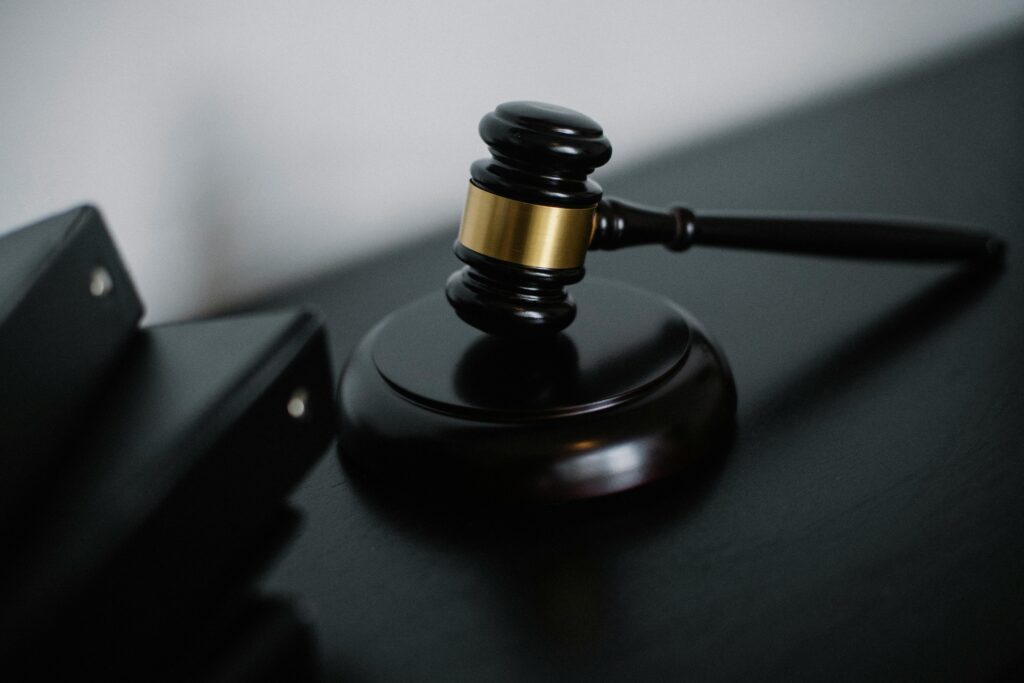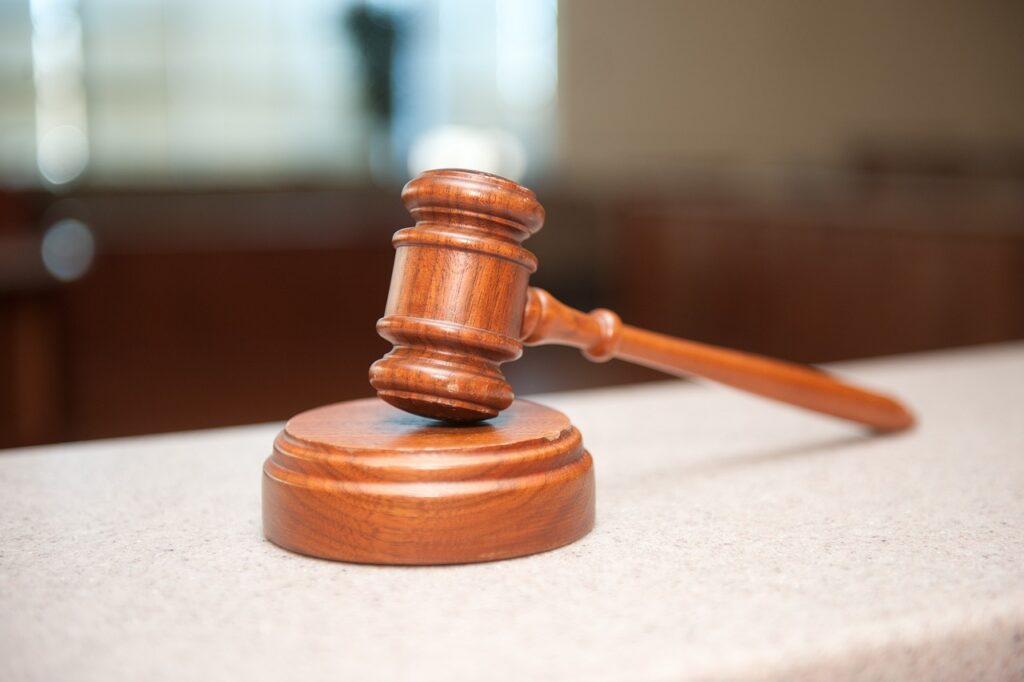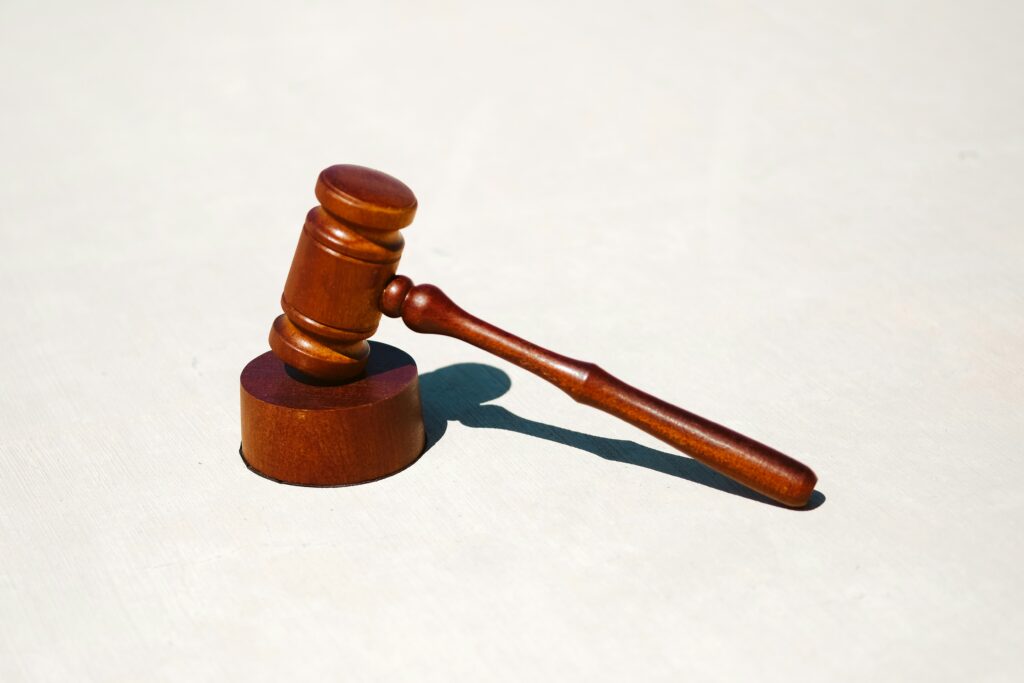Published On: August 21st 2025
Authored By: Akash Pydi
VIT-AP University
Abstract
In our country, cinema is not only for entertainment but also used as a medium for artistic Expression and cultural transformation. Our constitution guarantees Freedom of speech for every citizen to express ideas, creativity and beliefs at the same time it is often challenged by imposing restrictions in the name of constitutional morality. This article will explore the conflict between the Artistic freedom which is provided under 19(1) and imposing restrictions under article 19(2). It also critically analyses the role of CBFC whether it acts as a certification body or censorship body and the judicial behaviour towards censorship laws. This article highlights the Implication of constitutional morality and determines whether it is Justified or being misapplied.
Introduction
Our constitution of India guarantees freedom of speech but the film industry often faces bans and legal hurdles. Imagine a movie which intended to deliver a message to the present generation and it often faces bans and controversies on various grounds like religious and cultural etc. It makes the voice of the film maker to be unheard and it disturbs the uniqueness of the voice that a director wants to exhibit before the audience.
We can take ‘Padmavaat’ movie as an example in this scenario. It faced denial from the censor board, as the board demands the filmmakers for the change of title, displaying of disclaimers on the grounds of historical accuracy and saying that the film did not promote the practice of self-immolation by widows, outlawed in the 19th Century.
Our judicial system has interpreted the constitutional morality in a way that even though there is freedom of speech under article 19(1), it will be balanced by imposing reasonable restrictions like public order, morality and decency under the (article 19(2)). The restrictions and bans on the movie imposed by CBFC which is also known as censor board under the cinematographic act, 1952 which is enacted for the regulation of films in India and for the certification of the movies before public exhibition. The censorship law which will come under section 5(B)1 of cinematographic act,1952 will often demands the film makers for the cuts or alteration of movie and refusal to certification of the film, if it disrupts the public order and morality. In the case of Viacom 18 Pvt Ltd V. UOI[1], the Hon’ble supreme court declare the actions of the governments unconstitutional and ruled that is the responsibility of the state to maintain public order in the state and the government can’t impose ban on a film when it is certified by CBFC[2].
The courts will provide protection to the film when it was challenged by censorship laws and state restriction.[3] The article 19(1) and 19(2) will be often under the conflict and these reasonable restrictions will make voice of the filmmaker to be unheard.
The Conflict
The legal conflict arises between the article 19(1) and article 19(2). Under article 19(1), The term freedom of expression is defined as it conceptualizes freedom as the capacity to make choices autonomously and it defines expression as any communication of any content in any form through any medium by any expresser to any recipient. Under article 19(2), Some reasonable restrictions will be imposed on the freedom on the basis of sovereignty and integrity of the state, security, public order and decency or morality. So, there will be ongoing conflict between the article 19(1) and 19(2).
There are some legal thresholds to impose the restrictions for the elements under 19(2), the restrictions can’t be imposed arbitrarily, it should violate or exceed the legal thresholds[4]. In the context of decency and morality, the film should protect the societal and cultural values, the film shouldn’t be containing too much sexuality or obscenity. For example, if a movie wants to exhibit the scenes that is having too much obscenity it may be refused for certification by the CBFC. In the case of Kamal Haasan V. UOI[5], the film faced ban in Tamil Nadu on the grounds of religious sentiments and the Muslim groups in Tamil Nadu demanded to ban the screening of the film as the film Portrayed Muslim terrorism which is indecent. The court ruled that the state can’t impose ban on a film when it is certified by CBFC.
CINEMATOGRAPHIC ACT, 1952
The CBFC is a regulating body for films in India under the provisions of cinematographic act, 1952. The act enshrines certain guidelines that the public expression of ideas, opinions and Imagination via films by filmmakers. The actual statutory power to certify films lies with board of CBFC. The board is consists of 12 to 25 members appointed by central government. The main functions of the CBFC is to determine whether a film is fit for exhibition or not. The board must satisfy this question on the basis of a few parameters while certifying a film.
Role of CBFC; Is it a certification board or censorship board
Since long time this aspect has been a big debate that censorship is not the official and direct function of the CBFC. In practical scenario it acts like a censorship body in the name of modification of the film according to the public interest. Under section 5A, the main purpose of the board to certify the film for public exhibition. Under section 5B (1), The CBFC has power to demand cuts, modification of the film and refusal to certification if the movie is having too much indecency and the scenes in the movie are against any religious sentiments. So, even though the primary function of the board is to certify a film, it includes another indirect function called censorship. In this way the censorship has become an unofficial job of the CBFC. But because of this censorship, the voice of the filmmakers has been affected, they have to compromise and should sacrifice the naturality of the movie for the purpose of certification. Generally, a filmmaker will include an element in the movie if the story deserves it, and it will act as an essence for the message that director wants to convey to the public. The freedom of speech which is provided to a person has been restricted in the name of constitutional morality. In this way the voice of a Filmmaker has been affected trough censorship board.
Constitutional Morality
It has been argued that freedom of speech has been restricted under the elements of the constitutional morality. For example, a film director had submitted a film to the CBFC which is having too much obscenity and the content in the movie will injure religious and cultural sentiments and there is threat for public order if the movie got released, the aspect which is considered by the court to uphold the decision of CBFC is known as constitutional morality. The term constitutional morality is used to uphold the values and to protect the integrity of the constitution. It is purely based on the principal of equality, liberty and dignity. In the case of Navtej Singh Johar v. Union of India (2018)[6] the supreme court decriminalizes the section 377 of IPC regarding homosexuality. The court ruled that it will be person’s choice to do sexual intercourse within the same gender[7].
It has been a big debate that is this constitutional morality had justified in imposing restrictions or it is being misapplied. In some aspects it applied in a justified manner like films containing too much sexuality and obscenity but while coming to religious and caste basis, the constitutional morality is applied in an unfair manner. The audience are also opposing the movie without knowing the Actual message from a movie. The CBFC is also demanding cuts if the movie is involving religious and cultural aspects.
Case law – how courts are implementing the censorship laws
There are some cases in which the films had faced several restrictions, controversies and legal hurdles to get screening in theatres. We can take Viacom 18 Pvt Ltd. Union of India (2018) as the best example in this aspect because after facing several bans and legal hurdles, the film got permission for screening in theatres from supreme court.
The whole case revolved around a movie name called Padmaavat, the writ petition was filed by state of Gujarat and Rajasthan arguing that movie had injured the sentiments of the Rajput community. Four states imposed ban on Padmaavat for not getting screening in theatres. The supreme court held that it is the responsibility of the state to maintain public order in the state and the act taken by government was unconstitutional. The state government can’t impose ban on a film when it is certified by CBFC.
In the case of Kamal Hasaan V. UOI (2013), The movie Viswaroopam had faced several legal hurdles even after the movie was certified by CBFC. Many Muslim organisations and political parties in Tamil Nadu had demanded to ban the movie. As the movie portrayed Muslim terrorism which is indecent. The supreme court ruled in favour of Kamal Hasaan and stated the state government can’t impose ban on a film which was certified by CBFC.
Judicial Trends – Behaviour towards Censorship Law
The Judicial behaviour will not be same at all times. They are some cases in which court will upheld the freedom of speech even though it has injured religious sentiments. For example, when a movie promotes equality and ethics, the court will set ban aside or when a movie seeks to expose the raw truth of the society without any intent to hurt or injure the religious sentiment or any person or any industry then the court will rule in favour of the film.
As we all know that court will restrict the freedom of expression when the film is against the morality. For example, if the film is having too much obscenity and injuring the religious and cultural sentiments then the court rule in favour of CBFC and direct the filmmakers to follow the guidelines of the board for certification.
Conclusion
There will be ongoing conflict between the Artistic freedom and constitutional morality. The rights to Freedom of expression under article 19(1) are not absolutely given to the citizen, some restrictions will be imposed in the name of morality under article 19(2). The filmmakers will be struggling for exhibition of movie until the CBFC has taken several reforms in the aspect of certification and censorship. The constitutional morality is used to uphold the values and integrity of the constitution; its objective is not to supress the freedom of speech but imposing restrictions when it violates.
The Filmmakers voice should be protected; it shouldn’t be restricted in the name of constitutional morality because it will make the creative voices to be unheard and effect the message that a director wants to exhibit in front of public.
There is an urgent need for protection of Artistic Freedom and the constitutional morality should interpret in a way that it should promote and protect the freedom of expression. A film is one of the way artistic ways to convey a message to the society, it must be protected not restricted.
References
[1] Viacom 18 Pvt Ltd. Union of India (2018), 1 SCC 761
[2]N. Bajaj, Article 19 of the Indian Constitution, iPleaders (May 3, 2024), https://blog.ipleaders.in/article-19-indian-constitution/.
[3]Article 19 in Constitution of India, Indian Kanoon, https://indiankanoon.org/doc/1218090/.
[4] R. Mohapatra, Article 19(2): Reasonable Restrictions on Article 19, Law Octopus (28 Sept. 2023), https://www.lawoctopus.com.
[5] Kamal Haasan v. Union of India, W.P. No. 2036 of 2013 (Madras HC).
[6]Navtej Singh Johar v. Union of India, (2018) 10 S.C.C. 1 (India)
[7] Benny H & Laju L, Doctrine of Constitutional Morality in the Context of Indian Legal System: A Transformative Tool (2020) 3 Int’l J Legal Sci & Innovation.




